Bats deserve a special position in the animal kingdom as the only flying mammals. Bats emerge with the onset of dusk and rule over the stillness of the night sky till the first rays of the sunset come in. From fruits to nectar to even blood, bats eat all. However, some bats have taken a deviation and a knack for foods that are usually not a part of their diet. A common question that has been surfacing among nature enthusiasts is, “Do bats eat meat?“
Whenever we run into the phrase “meat-eaters“, the first animal that comes to our mind are big cats like lions, tigers, leopards, cheetahs, etc. It’s time to break this idea, and that’s why we bring to you our today’s article, “Do Bats eat Meat? Meat-Eating Bats (Answer & Explanation)“.
To answer this question, yes, some bat species do eat meat. Their diet includes fish, small rodents, lizards, frogs, other bats, and sometimes even migrating songbirds. These bats capture anything smaller than them and are quite specialized in their diet.
Without further ado, join us in this article, “Do Bats eat Meat?” to learn more about these mysterious creatures.
Do Bats eat Meat?
Certain bats have resorted to a carnivorous diet and have a specialized position among all other predatory animals. The transition from insect and fruit-eating to consuming animals with a backbone has occurred in at least six stages in these bats. Meat-eating bats fall into three categories.
- (a) Animalivorous: More than 70% of the diet comprises insects, but there are sporadic reports of terrestrial vertebrates in the natural diet.
- (b) Carnivorous: The species regularly consume terrestrial vertebrate prey and has several adaptations for hunting vertebrates.
- (c) Piscivorous: Fishes comprise more than 50% of their diet.
Meat-Eating Bats
1) Spectral Bat
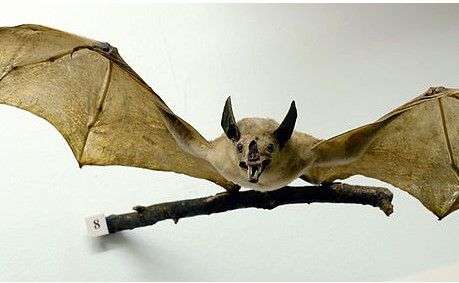
The Spectral Bat (Vampyrum spectrum) is a carnivorous species and consumes animals like other bats, birds, and often other insects. In bats, they prey onGeoffroy’s tailless bat, vampire bats, fruit bats, and Pallas’s long-tongued bat.
Birds like doves, trogons, cuckoos, parakeets like the orange-fronted parakeets, wrens, groove-billed ani,and a few others are common food sources.
2) Large Big-Eared Woolly Bats
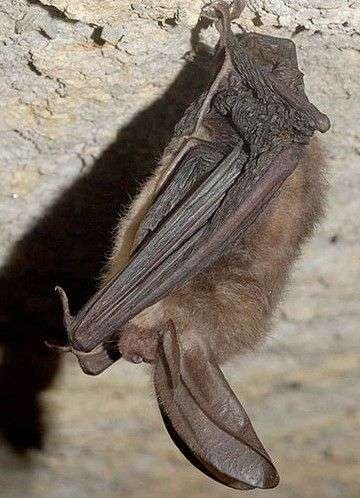
The large big-eared woolly bats (Chrotopterus auritus) are another bat species with a variety of organisms in their diet. They feed on insects and animals like opossums, small birds like passerines, rodents, and sometimes other bat species.
3) Fringe-lipped bat
The third bat that we are going to cite is the Fringe-lipped bat. This bat species is an opportunistic feeder and holds a distinctive position for its frog diet.
The Túngara Frogs are what they hunt by tracking their mating calls. Apart from frogs, Fringe lipped bats feed largely on insects, small reptiles like lizards, and sometimes other bats and opossums.
4) Ghost Bat
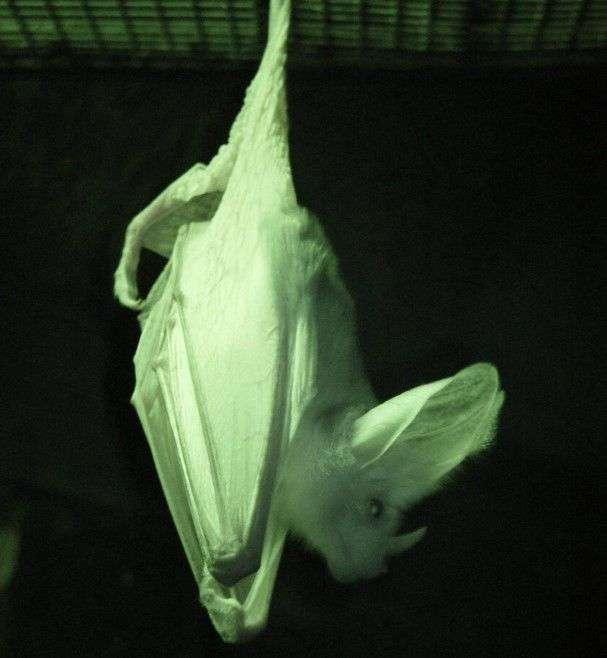
The ghost Bat (Macroderma giga) is another carnivorous bat. In comparison to other bats, they have quite a good vision.
Their prey includesmicrobats, roosting birds, budgerigars, bar-shouldered doves, rodents like mice, Australian-owlet nightjar, and other non-passerine birds.
Their family Megadermatidae comprises such carnivorous bats alongside other families like Phyllostomidae and Nycteridae.
5) Greater False Vampire Bat
The Greater False Vampire Bat (Lyroderma lyra) is another carnivorous member of this family that feeds on large insects and animals like reptiles, other bats, fish, reptiles, and birds.
6) Greater Noctule Bat
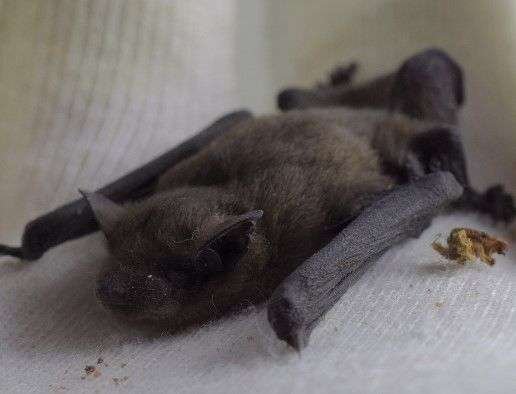
The Greater Noctule Bat is another special bat species known for its exclusive predation on migrating songbirds at night. These songbirds migrate over the Mediterranean during a specific time of the year, and these bats utilize the opportunity to prey on them.
7) Greater Spear-Nosed Bat
The Greater Spear-nosed bat from South and Central America is an omnivorous species that feed on vertebrates like birds, rodents like mice, and sometimes even other birds.
There are many more examples of carnivorous bats like Tonatia bidens, Mimon cozumelae, etc., which further strengthens the fact that Bats do eat meat.
Carnivorous bats have special adaptations like sharp teeth and elongated snouts, equipping them with strong jaws. Large ears and eyes are other adaptations for their vertebrate diet.
Do Bats Drink Blood?
Along with the other two bat species, the microbats and the megabats, vampire bats comprise the third category. The name vampire comes from their blood diet. Vampire bats feed on the blood of livestock, like cattle, horses, goats, etc.
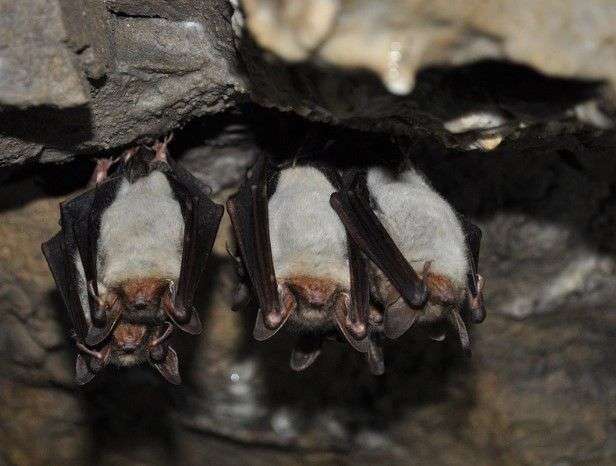
They can sense the animal’s body heat to determine whether it is sleeping or not and then carefully lap up the blood by puncturing any of its blood vessels. Vampire Bats’ saliva contains an anti-coagulant that prevents the blood from clotting.
They are such silent predators that they can feed without even waking up the animal. Though vampire bats feed mainly on animals, there have been a few occasions where they have been known to attack humans.
Do Bats Eat Humans?
Bats are quite small animals. Despite a few species being carnivores, they do not feed on humans. Bats include those animals in their diet which are either smaller than their size or are easy to subdue.
Being multiple times greater in size and strength, it is impossible for bats to feed on humans and not even attack them. However, on certain occasions, humans fall prey to vampire bats, which mainly feed on livestock.
Vampire bats do not consume more than two teaspoons of blood, therefore isn’t an aspect to worry about.
Bats, though harmless, are carriers of certain viruses which can take a toll on human life. Disease-causing viruses like the Nipah Virus, rabies virus, etc., are common among them.
Here, we conclude our article on “Do Bats eat Meat? Meat-Eating Bats (Answer & Explanation)“. With many more bat-related articles waiting in line, keep a close eye on this website.
References
- Go big or go fish: morphological specializations in carnivorous bats- by Sharlene E. Shantana and Elena Cheung
- We eat meat: a review of carnivory in bats – by Fernando Gual Suárez and Rodrigo A. Medellín
Also Read:

A zoology student turned writer. Nature has always been a magnet to me, and to unearth some of its secrets through my articles is my prime intention. If not engaging myself with nature and anime content, you can always find me going through some Bengali classics or filling the air with some soulful Tabla beats. An artist, trying to throw some colors to my blank canvas of life.
